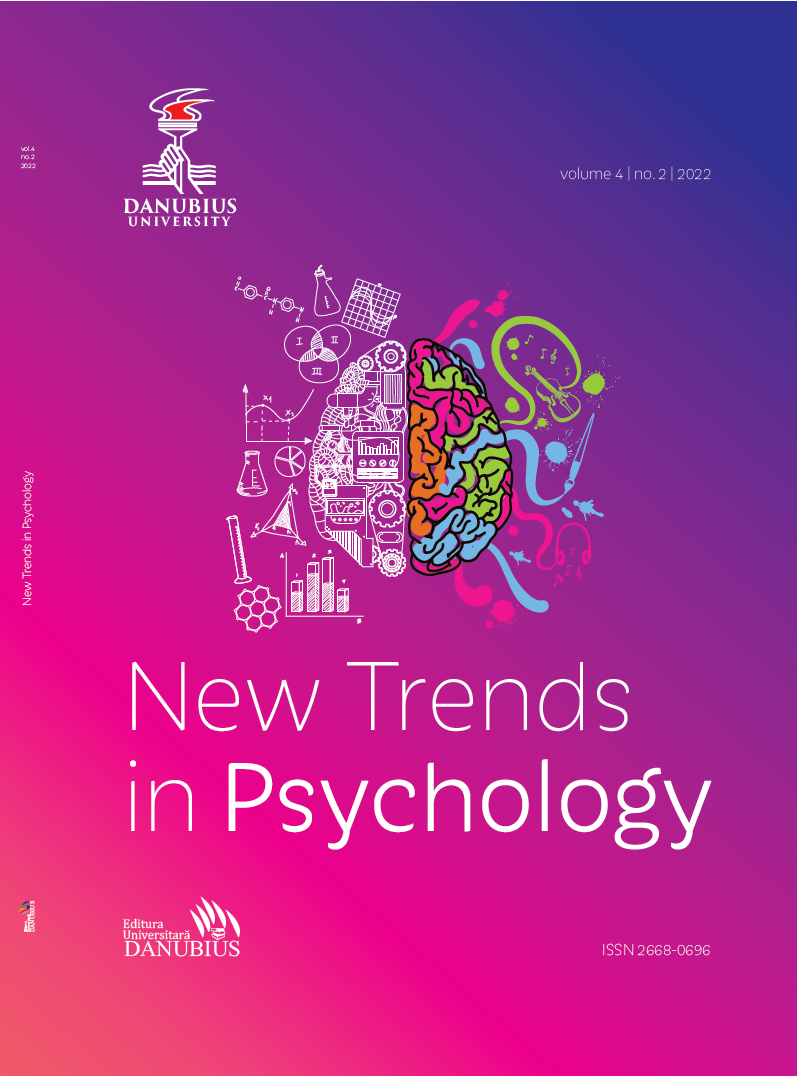Functional vs Dysfunctional in the Family System
Keywords:
functional and dysfunctional; disorganized family; intra-family conflict; divorce; addictionsAbstract
The family with low differentiation between its subsystems demobilizes autonomous
exploration as well as the finding of functional problem-solving resources. Rigidity allows an increased
degree of tolerance regarding the manifestation of the behaviors of its members (aggression, stress),
which does not exceed the rigid border, only the escalating levels will alert the family members. The
dysfunctional family constitutes the family in denial, not recognizing the existence of any problematic
situation and/or they can create problems where they do not exist. The dysfunctional family has a type
of inappropriate hierarchical structure. Family violence is a phenomenon that cannot be neglected due
to its scale. There are situations where the partner is mistreated, sometimes the children too, they lose
the joy, love and understanding of their peers, and their mental health can be affected. Researchers in
the field specify how the spectrum of behaviors indicated as addictive uses five concepts, concepts
whose interrelationship consists of a wide variety of patterns, habits, compulsions, impulse control
disorders and physical dependence. In child-centered issues, it is common for one parent to disagree
with the other, sometimes about the severity of a problem, and other times about essential issues.
References
Mitrofan, I. & Mitrofan, N. (1994). Elements of couple psychology. Bucharest: Ed. Şansa.
Nichols. MP. & Schwartz, R.C. (2005). Family Therapy - concepts and methods. Family Therapy
Association, p. 64.
Norman, Goodman (1992). Introduction to sociology. Bucharest: Ed. Lider.
Păunescu C. (1994). Aggressiveness and human condition. Bucharest: Ed. Technical.
Șchiopu U. & Verza; E. (1997). Psychology of ages. Life cycles. Bucharest: Didactic and Pedagogical
Ed., pp. 196-197.
Snyder, D.K.; Texas AM.; Baucom D.H.; Hill C.-C. & Gordon K.C. An Integrative Approach to
Treating Infidelity.
datorate-violentei-fizice-oras-frecventa-divorturilor-fost-dubla-vezi-text- what-were-themain-
reasons-for-divorce-how-they-changed-face-300-years-ago.htm.
*** (2010). A Social Capital Framework for the Study of Institutional Agents & Their Role in the
Empowerment of Low-status Students & Youth, Ricardo Stanton-Salazar Associate Professor of
Education Rossier School of Education University of Southern California.
Downloads
Published
How to Cite
Issue
Section
License
Copyright (c) 2022 Valentina-Beatrice Moisă

This work is licensed under a Creative Commons Attribution-NonCommercial 4.0 International License.
The author fully assumes the content originality and the holograph signature makes him responsible in case of trial.

